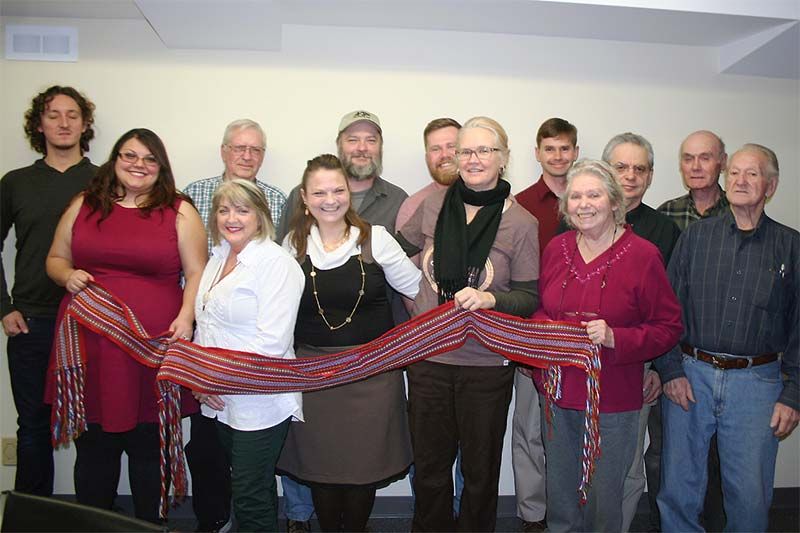Craig Bakay | Jan 18, 2017
It’s a huge project, but Candace Lloyd, secretary/treasurer of the High Land Metis Council is optimistic that a project to map and preserve Traditional Knowledge and Land Use as it pertains to the Metis way of life is doable and worthwhile.
“The Metis way of life represents all aspects of ‘being Metis,’ including a tightly woven relationship with the environment for food, spiritual and cultural fulfillment, medicine and ceremony,” says a pamphlet put out by the Metis Nation of Ontario.
The idea is to interview members of the Metis community on all aspects of traditional knowledge and land use and then preserve that knowledge with map overlays and videos, for use by future generations.
The High Land Council is responsible for an area that stretches from Cardiff in the northwest, down to Trenton and Prince Edward County, over to Kingston (including Frontenac Islands) and up to Smiths Falls in the northeast.
Last Saturday, Lloyd, along with her Council, grant proposal writer Darlene Loft, interviewer/videographer Ashley Lloyd and Traditional Knowledge coordinator Markus Tuolimaa and GIS specialist Steve Gautreau held a workshop in Flinton to collect information and get the word out.
Lloyd said there are many benefits to such a project. Not only will knowledge be preserved, it will also serve as reference material and educational material.
“We will be able to say ‘you’re not going to find ginseng there’ and suggest that a potential wind or solar project be moved slightly because it’s on a moose trail or blueberry patch,” Lloyd said.
“The common thread is this is how they use the lands and waters,” said Tuolimaa.
“There has always been an oral history tradition,” said Gautreau. “Now we’re doing actual mapping of things like where the stories took place, where and what animals were hunted and where and what plants were gathered.”
He said they try to maintain a certain amount of confidentiality but generally they’re interested in game harvesting, fishing, trapping line, plants and natural medicines, access points and cultural sites.
“It’s not a free-for-all knowledge thing,” Lloyd said. “But we would like to know things like this-is-a-moose trail or this-is-a-rabbit swamp.
“If it flies, swims, walks or you can pick it, that’s the information we want.”
She said they’re also hopeful this will lead to jobs for Metis people.
“Who better to work on solar projects or mines than someone who knows the land?” she said.
More Stories
- September Closures for Northbrook And Sharbot Lake Beer Stores
- This "Doc Is Not In Anymore" After 54 Years
- Mazinaw Lake Swim Program Only Getting Stronger After 53 Years
- "Jack of Diamonds, Jack of Diamonds" but No Ace Of Spades Yet
- Sydenham Legion Presents ATV to Canada Day Raffle Winner
- Bathing in Blue Mindfulness: An Otter Lake Journey in Frontenac Park
- Central Frontenac Buys Used Pumper At Special Meeting
- 4th Annual Sharbot Lake Beach Bash
- Frontenac ATV Club Rallies For A Community Cause
- Harrowsmith Shadowdale Blooms: Kindness In Full Colour

